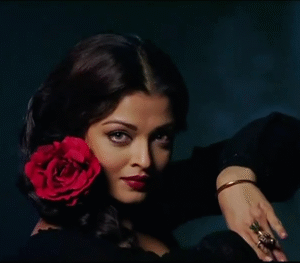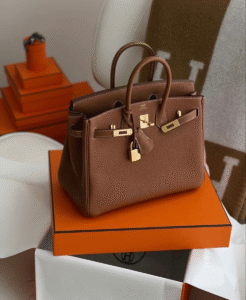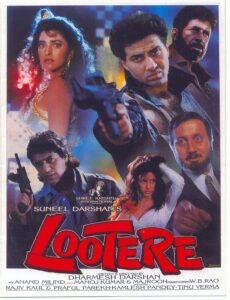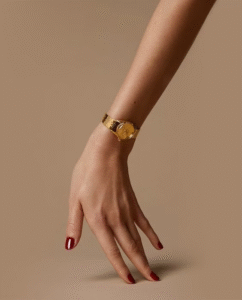Remember the social media trend where everyone created Vogue magazine covers of themselves and posted it across their Instagram feeds? Well, it seems Drake and 21 Savage were highly inspired by the trend, although they took it a step further.
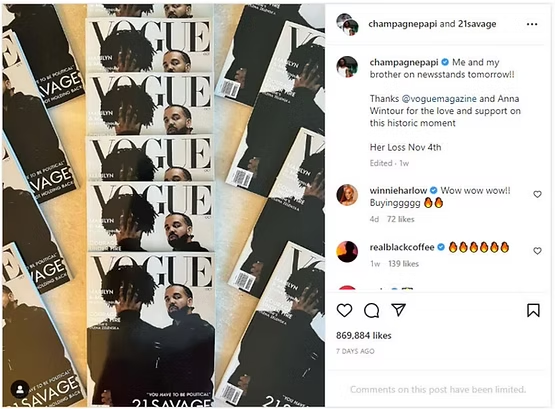
In a publicity campaign for their album Her Loss, the artists along with their communications firm Hiltzik Strategies ran a street-marketing campaign featuring the artists against the Vogue Magazine backdrop, hence creating a false premise regarding the cover of the November issue of the fashion magazine Vogue. As a part of the promotion campaign, the artists published social media posts of the controversial campaign with the caption:
“Me and my brother on newsstands tomorrow!!
Thanks @voguemagazine and Anna Wintour for the love and support on this historic moment
Her Loss Nov 4th”
-@champagnepapi (Drake)
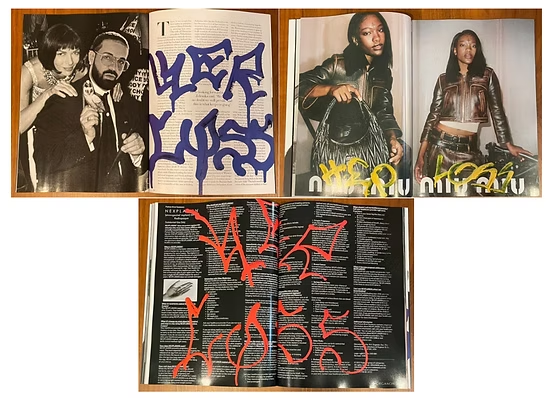
Further elements of the campaign included plastering copies of the “impugned” cover on city streets and even distributing actual magazines in New York, Atlanta, Houston, Miami and Toronto. The controversy arose due to the fact that neither Drake nor 21 Savage had been featured in Vogue’s November issue and Anna Wintour had not consented to the use of the magazine cover, its intellectual property or her persona in any form or manner. Furthermore, it was revealed that the loose copies of the magazine which had been distributed as a part of the “publicity stunt” was not the November issue of the magazine but the altered October issue of the Vogue magazine.
Condé Nast ( also known as Advance Publications Inc) through its counsel urged the concerned parties to discontinue the impugned campaign, however due to lack of compliance with the same, Condé Nast sued the artists as well as moved for a temporary restraining order {Advance Magazine Publishers v. Aubrey Drake Graham, et al., 1:22-cv-09517 (SDNY)}.
The significant issue in this case was that a celebrity of considerable reputation had indulged in the act of “counterfeiting” and that was also the charge levied on Drake, 21 Savage and Hiltzik Strategies (as well as anyone acting in concert with them) in the creation and dissemination of “images of a counterfeit cover of Vogue magazine featuring VOGUE Mark and an image of Drake and 21 Savage (the “Counterfeit Cover”), as well as copies of a counterfeit magazine purporting to be a genuine issue of Vogue magazine (the “Counterfeit Magazine”)” .

While there lies criminal action against the offense of counterfeiting, Condé Nast has only opted for a civil action against the artists and the communication firm. The petition filed was for a restraining order against the use of the VOGUE mark and a motion for permanent injunction for the same.
The complaint filed by Condé Nast focused on the federal, state and common law trademark rights in the brand Vogue and hit upon trademark dilution, false advertising and deceptive practices. The complaint however, did not claim a copyright infringement for its October issue. Furthermore, Anna Wintour in her own right was not made a party to the complaint as no action was taken for violation of any state right of publicity law, and was once again only restricted to a prayer for injunction to the use of Wintour’s name or likeness for any commercial purposes.
The United States District Court Southern District of New York provided a temporary restraining order to that effect in the favor of Condé Nast.
It is pertinent to note that the degree of infringement in this case is magnanimous and quite blatant, with almost no defense, considering the status of both the parties in the court of law and the very clear facts of the lack of cooperative effort. This makes us wonder if a possible cost of litigation could be a part of the publicity stunt ? Because no matter which angle one could analyze it from, there is no denial that this situation seems nothing short of a gig to land clicks. This also poses a significant question to us- Whether the legal time and resources should be allowed to be exploited in this manner ?
This kind of marketing technique is termed as “ambush marketing” or “moment marketing” and is defined as:
“a technique of marketing which aims at securing advantage of the huge interest and high profile of an event by creating a commercial association or seeking promotional exposure without the authorisation of the event organizer.”
A more clear example can be found in everybody’s beloved show Emily in Paris which mixes fashion and marketing. The instances of ambush marketing can be found in episode 9 “An American Auction in Paris” and episode 10 “Cancel Couture” of the show with the fictional brands Grey Space and Pierre Cadault upstaging each other at their organized events.
And who can forget the quickest and wittiest instances of ambush marketing carried out successfully by Hindustan Unilever owned Dove against its archival nemesis Pantene by Procter & Gamble.
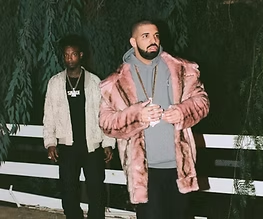
The story began on 23rd July, when P&G began its advertising campaign with the headline “A Mystery Shampoo! 80% women say its better than anything else.” with the intention of launching/revealing Pantene on August 1. However on the morning of 28th July, the world woke up with a rivaling marketing campaign launched by HUL claiming “There is no mystery. Dove is the No. 1 shampoo.”
Although ambush marketing is more focused at “event” based marketing, Drake’s publicity stunt can also be deemed to have ambushed Vogue and Anna Wintour at one of the most crucial moments i.e. the publishing of the November issue. It is well known among the readers of the magazine that the front cover of the magazine each month sets the tone for the entire month and is always given the utmost importance and to be featured on the cover is often treated amongst celebrities as a thing of great honor. Therefore, the act of hi-jacking the cover in such a grandiose manner so as to even create copies of the “fake” magazine cover to be sold physically was a deliberate means to gather attention.
There have been various instances of ambush marketing across the world leading law makers to create provisions against the same. For example, “South Africa’s Trade Practice Act of 1976 expressly prohibits ambush marketing. Also, their Merchandise Marks Amendment Act, 2002 gives powers to the Ministry of Trade and Industry to declare certain events as protected once in their territory.
The Australian government has passed the Sydney 2000 Games (Indicia and Images) Protection Act, 1996 in response to rising ambush marketing cases and has enacted similar laws for hallmark sporting events. New Zealand has also passed legislation to protect organizers from ambush marketers by enacting the Major Event Management Act in 2007. The Chinese government passed the Regulations on the Protection of Olympic Symbols when it hosted the 2008 summer Olympics. The USA also protects the rights of organizers under the Lanham Act. Countries like England, Brazil, and Canada too have taken positive steps to counter-ambush marketers.”
In India, protection against ambush marketing is provided under the Trademark Act as well as the Copyright Act, however they cannot provide a complete protection against such marketing techniques as was observed in the case of ICC Development (International) Ltd. Vs Arvee Enterprises and Anr.
Despite the legal prohibitions to such acts, marketers, PR managers and brands continue to create a splash. The techniques are planned with great detail and a large berth for possible litigation costs is also calculated. The stunts are planned in consideration with the present law in order to ensure that the legal damages incurred are kept to a minimum. This brings us back to the question of exploitation of judicial time and resources to gather clout and if the same should be allowed to continue. The answer could be stricter laws which would discourage such activities/ marketing techniques, which make a mockery of the law and are committed with complete intention to manipulate their way around the same.

